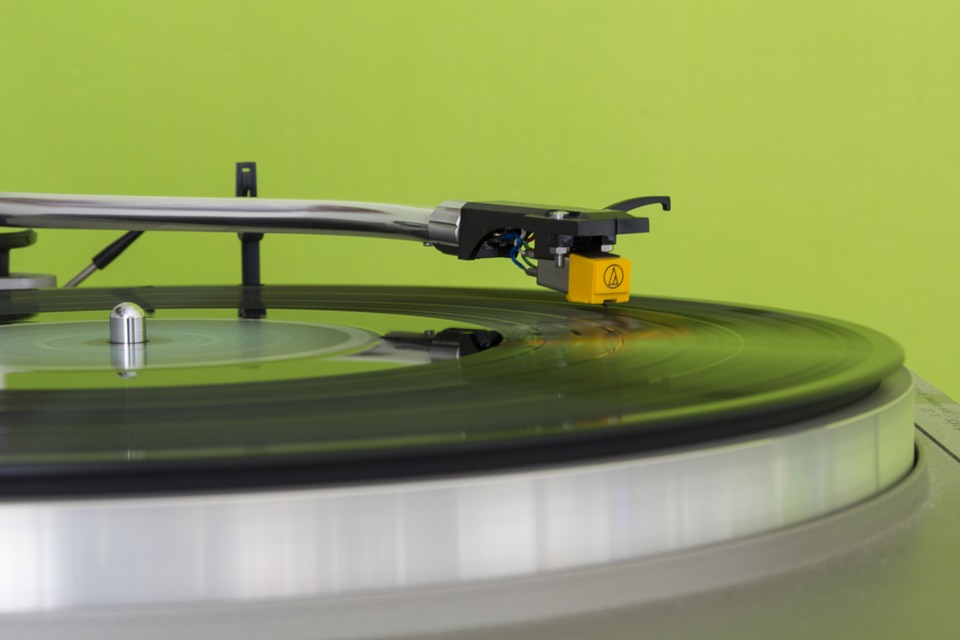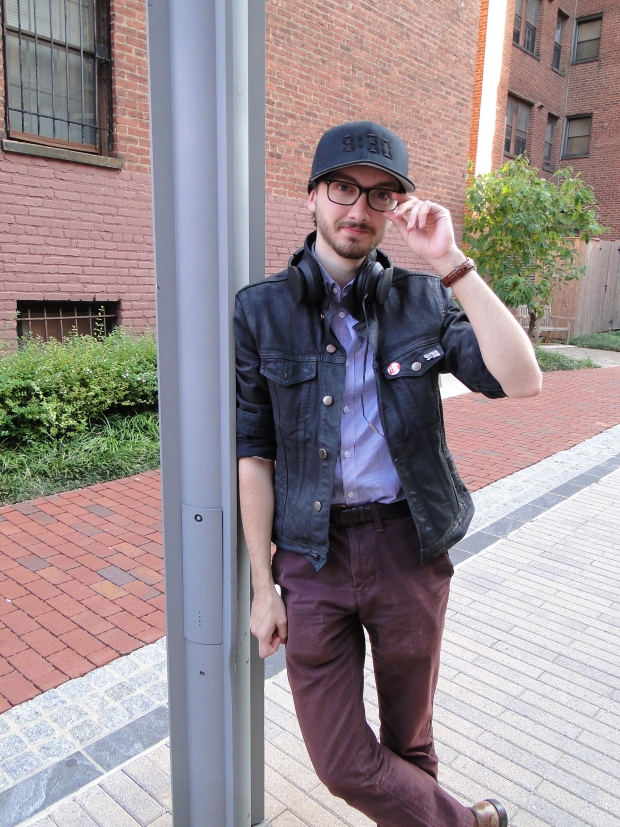
Sustainability in live music

Concerts:
While waiting in line before doors outside your favorite venue, you may not be thinking about what it’s taken to make that show happen. But consider how you got there: maybe you took the metro or a bus, maybe you biked or walked, or maybe you drove, or used a ride-sharing app. If you take a look at the top 100 tours of 2015 (which sold about 60 million tickets) fans traveled approximately 240 million miles to get to shows, emitting 58,000 metric tons of CO2. Roughly 130 million paper goods were used (which is about 160,000 trees), and approximately 60 million plastic water bottles were sold, the equivalent of 48,000 barrels of oil. Between 80 and 90 percent of carbon emissions related to concerts come from fan transportation.
Venues can set up bike valets at shows, encourage carpooling by offering priority parking for those who share rides, and offer incentives at the venue for fans who use mass transportation.
Artists can work with ticketing agencies to allow fans to add a $1 or $2 donation to their ticket purchase for carbon offsets. Since 2008, more than 50,000 of Jack Johnson’s fans have offset nearly 10 million pounds of carbon, which is the equivalent of planting 250 million trees. If just 10% of the concert goers who normally drive took public transit or carpooled, 35 million pounds of carbon would be prevented from entering the atmosphere per year. It would take 800,000 trees being planted every year to scrub that much carbon!
Tours:
You may not have considered what it’s taken to get the band to that gig either; given roughly 30 shows across the continent in a single tour, they’re covering a lot of miles. Sure, booking agents try very hard to route efficiently, but sometimes scheduling just doesn’t work, and a band may end up bouncing from DC to Boston and back to Philly in the space of three days. And what if they have to fly? Or if their production requires multiple trailers filled with gear? The economic impact (both in cost and revenue) is huge, but the environmental impact is even greater.
The Sustainable Biodiesel Alliance has suggested using biodiesel, a renewable fuel that’s made from vegetable oil or animal fat. Artists like Willie Nelson and Pearl Jam have begun using biodiesel exclusively, which burns almost 80 percent cleaner than petroleum diesel and can be used in blends as well. Any reduction in the use of traditional fossil fuels (and their related emissions) helps.
Consider as well the amount of waste that a single tour may generate; when you’ve got four or five exhausted musicians packed onto a bus for ages, those cans and bottles and cups and plates add up. In fact, artists like Radiohead who strictly use reusable water containers can keep 18,000 plastic bottles out of the garbage per tour. These can be refilled at rest stop water fountains or grocery stores instead of buying cases and cases of bottled water, and more artists are beginning to request that the venue provide water coolers backstage for use with refillable water bottles in their riders.
Live Nation recently partnered with UPS for the shipment of tickets, merchandise, and production equipment for their nearly 20,000 annual events, saving more than 300,000 sheets of paper/year and offsetting 3,800 metric tons of CO2 emissions from over 425,000 gallons of gasoline.
Facilities:
As new venues are built and many older venues age to the point of renovation, architects and construction firms are looking to achieve any level of Leadership in Energy and Environmental Design (LEED) certification. In 2013, the iconic Carnegie Hall was retrofitted with an automated central Heating, Venting and Air Conditioning (HVAC) control system, analyzing electricity demand and usage in order to reduce waste in the power grid. Its 10,000 square foot roof terrace was redone with reflective pavers and plantings to reduce the heat island effect, and new LED bulbs and occupancy sensors couple with the natural light allowed into the building through 450 upper windows to further reduce electrical waste, while low-flow plumbing fixtures reduce the building’s water consumption.
Improvements facilities can make are both internal and external. Venues should promote sustainable practices to their fans (i.e. encouraging carpooling or the re-use of plastic cups and glasses) while also seeking local vendors/sources to provide food ingredients and even alcohol (regional micro-breweries are on the rise) without the economic and environmentally costly impact of shipping across the country or even the globe.
The Amway Center became the first multi-purpose/NBA facility to earn a LEED certification by using 20% less energy and 40% less water than other similarly sized arenas, and Brooklyn Bowl was one of the first music venues (and bowling alleys) to do so as well. The adoption of similar design practices with a focus on efficiency and sustainable building and operations materials is beginning to spread through the world of entertainment facilities, and will continue to do so with the encouragement and support of you, the attendees.
























